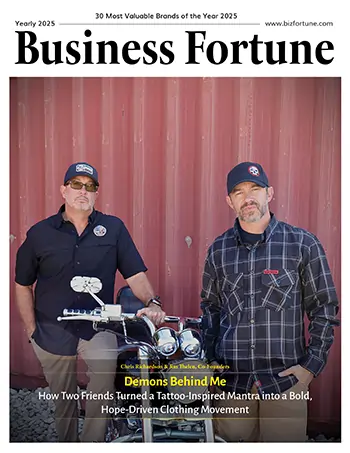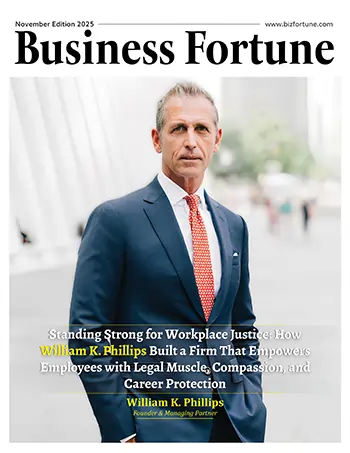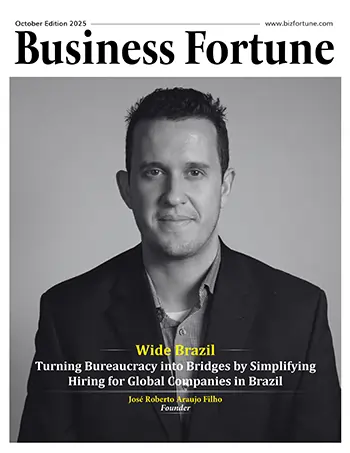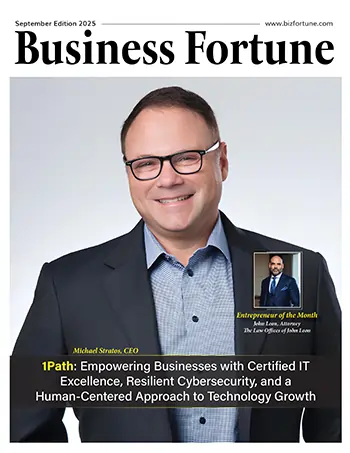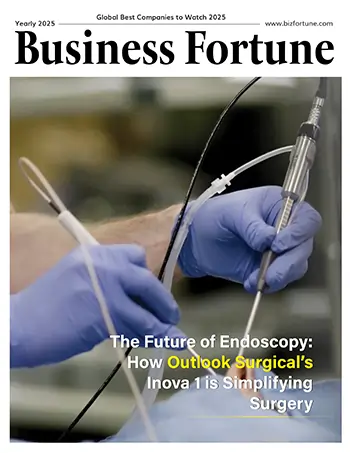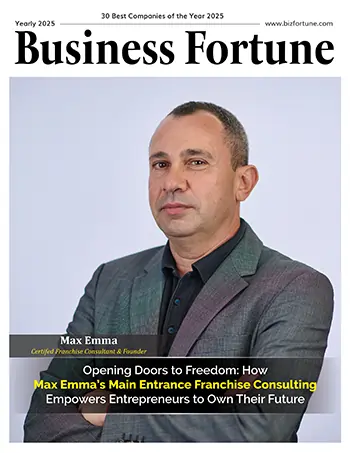Home Industry Payment and Card Beyond Digital: Why Your Cash ...
Beyond Digital: Why Your Cash Remains Remarkably Secure
Payment and Card
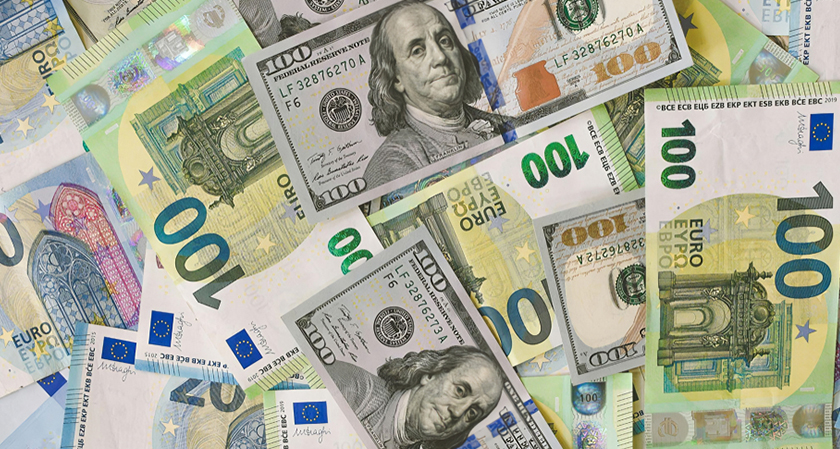
Business Fortune
16 October, 2025
In the modern world, the promise of seamless digital transactions often comes with a hidden risk: the ever-present specter of fraud. From sophisticated cryptocurrency scams that vanish into the digital ether to the relentless barrage of credit card breaches, it seems no financial avenue is immune to the cunning of modern-day swindlers – if not for good old cash.
Digital payments have now become so common that we just take them as they are, with all the costs and risks that come along. In turn, digital criminals don’t mind it at all, and keep inventing new schemes to get the better of our wallets and bank accounts. Artificial intelligence is their latest trend: driven by sophisticated AI-enhanced scams like deepfake frauds, AI-driven phishing schemes, and advanced social engineering methods that manipulate human trust, scammers can now effectively mimic CEOs, government officials, and even family members. “As digital deception evolves, individuals, businesses, and governments face a growing battle against cybercriminals who are constantly refining their methods,” says Michael Moore, the Chief Information Officer at cloud cybersecurity company Next Perimeter.
Cryptocurrency presents another threat: the Q1 2025 Hack3d Report published by blockchain cybersecurity company CertiK shows that hackers stole over $1.67 billion across 197 security incidents just in the first quarter of 2025, with most of the money lost in the infamous ByBit hack in late February 2025. The overall figure represents a stunning 303.38% increase in value compared to the previous quarter.
This sheer volume of digital fraud cases can easily overwhelm anyone trying to manage their finances. Yet, amidst this landscape of digital vulnerabilities, there exists a surprising bastion of stability: physical cash. While headlines scream of hacked accounts and stolen digital assets, the humble banknote remains remarkably resistant to fraudsters: a ranking of the world’s most counterfeited currencies presents a maximum of just 32 fake notes (Mexican Peso) per 1 million genuine banknotes in circulation.
In contrast to the volume of digital fraud, this figure raises questions about how central banks manage to keep cash payments secure. This is definitely no accident as cash continues to be a popular means of payment: for instance, it remained widely accepted across Eurozone companies in 2024. Even China, notorious for its digital economy, is adopting new measures to ensure its coins and banknotes are here to stay in the long term. So what is this really about?
How to secure banknotes
The answer lies in the state-of-the-art technology used by central bank vendors and currency printing companies. Banknote manufacturers invest heavily in cutting-edge technology, employing teams of scientists, engineers, and security experts. They explore new materials, develop advanced printing techniques, and rigorously test every aspect of the banknote production process. This collaborative effort drives constant innovation, pushing the boundaries of what's possible in anti-counterfeiting measures and ensuring that central banks remain several steps ahead of potential counterfeiters, as explains Etienne Couëlle, Managing Director of French banknote printer Oberthur Fiduciaire: “There are dozens of features that are extremely difficult to counterfeit and impossible to copy faithfully. Banknotes are technological jewels whose authenticity must be easily verifiable by users.”
This easiness of authentication is precisely one of the main tasks of a banknote printer. On-the-spot verification in everyday transactions is the first bastion of defense against fraudsters: we unconsciously remember the characteristic feel of a genuine banknote, and if in doubt, we can quickly check it for security features. Created with the use of modern technology, they look like decorative elements to the average user, but turn out to be impossible to replicate for counterfeiters. Etienne Couëlle demonstrates this with an example of Oberthur’s Anima™ and Pulsar security threads: “Anima, the world-class, lenticular-based micro-optic thread offers instant recognition through various dynamic features with custom-made designs. And Pulsar is another significant achievement, featuring innovative micro-optics that creates unique, forgery-proof visual effects.”
Security is important not for ordinary shoppers alone. Above non-specialist authentication, there is a next level of protection that comes into play during professional verification in banks and other professional cash handlers, such as cash-in-transit companies. At this stage, modern technology has gone so far as to allow machines to read full information about a banknote in a fraction of a second with next-level authentication technologies embedded straight into security elements: for instance, MultiCode, a magnetic coding authentication technology created by Louisenthal, a subsidiary of German payment solutions provider Giesecke+Devrient, allows the issuer to store details regarding the banknote denomination, its nation, and other data. It is incorporated within the thread manufacturing process and stays there throughout the banknote's lifespan. The process of the creation of these codes is not accessible to the public, making it extremely difficult for counterfeiters to replicate the technology.
Why we still want cash
Beyond the sophisticated technology, the security of banknotes also relies heavily on the skilled hands and keen eyes of the professionals involved in their production. Banknote printing is a highly specialized craft, demanding meticulous attention to detail and extensive training. Every stage of the process, from the initial design to the final inspection, is overseen by experts, with multiple checks and pretests to ensure that each banknote meets the highest standards. “Safeguarding product deliveries and quality when new features are introduced is growing in importance. As complexity increases, so do the unknown risks. If new features are not tested and validated before production, defects in quality and workmanship can become apparent only when it’s too late,” explains Jon Ngin, Vice President of Operations at US print works Crane Currency.
This extensive process of banknote creation creates one important difference from digital payments – and it is not about the tangible or intangible nature of the transactions. As we can see, the responsibility for the protection of a banknote lies primarily with its manufacturer, and all the average user has to do is pick it up, take a quick glance, and complete the transaction by simply handing it to the merchant. The process is different with digital payments: among other things, the user has to make sure that they are not sending money to a fraudster, that their device is protected from hacking and the account is not compromised. Most of the responsibility here is shifted to the buyer. This, in turn, fuels the unprecedented flourishing of digital scams and fraud as ordinary users often have no means or time to check everything thoroughly.
The overall situation essentially presents one of the reasons why people all over the world, from Switzerland to Bali, want to keep the option of paying with cash for the future. In addition to the freedom and anonymity of transactions that cash provides, it is an easy and fast way to make a payment, and the likelihood of fraud is reduced many times over. True, coins and banknotes are missing some of the advantages of cashless payments, such as the ability to transfer large sums or pay at a distance, but cashless cannot compensate for some of the advantages of cash either. And this only proves that cash will remain a widely-used and trusted form of payment, providing stability and confidence in an increasingly complex financial world.




























